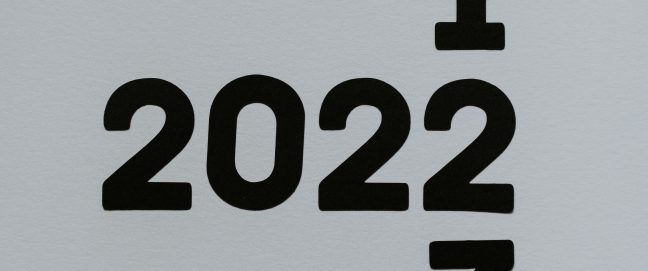Sponsored content from our partner Mercer
The extraordinary performance of traditional assets in recent years will most likely not last forever. Change is inevitable, and endowments and foundations should consider tweaking their portfolios to adapt.
Traditions can elicit strong memories and survive through change. They endure as they can be comforting and are often the backbone of a family or group. This may explain why we consider publicly listed shares, government bonds, and cash to be ‘traditional’ assets. They have served us well over time, and despite periods of uncertainty and volatile markets, our portfolios endured – and sometimes thrived.
But we tend to remember the good times over the bad.
Adapting to change
As with traditions, we need to tweak portfolios so they can adapt to changing times and help provide for future generations.
Public equities, government and corporate bonds and cash have been traditional holdings at the core of most portfolios. In recent years, they have performed well as central banks pushed down interest rates and investors put more money into higher risk assets.
And just when it seemed they couldn’t possibly perform any better, they defied predictions of a period of lower returns.
In this environment, there is a real risk of investors becoming complacent – but the good news is they can prepare portfolios for when the tides change.
As endowments and foundations have a very long investment timeframe, they are well equipped to manage through volatility and invest in illiquid assets. But this approach must be balanced with spending and protecting capital growth to help ensure intergenerational equity, which requires an investment strategy to be flexible.
Protecting against the downside
Bonds and cash have typically been included in portfolios as diversifiers to decrease risk – a way to protect the portfolio when equities were volatile. But with current low bond yields – and the return of inflation – these instruments will likely struggle to offer these same benefits during equity market drawdowns.
Therefore, endowments and foundations may wish to consider other instruments for diversification or protection. These include asset classes or strategies such as hedge funds or those with more dynamic portfolio exposure management.
If these approaches are new to an organisation, it may be a good idea to allocate time to find out about strategies and the managers offering them. This could mean engaging with a trusted adviser who can help investors understand how these strategies can add value. An adviser may also be able to carry out due diligence on managers and offer suitable manager options.
How to add more value
Investors should consider the value of active versus passive management within their holdings. While passively-managed equities have done well in the recent conditions of benign inflation and global growth, this is unlikely to last forever.
In the current market environment, which favours equity allocations, active management may be able to add value by spotting nascent trends and themes, but an adviser can offer a thorough assessment.
They may suggest specialist equity strategies such as tilting a portfolio towards specific themes such as sustainability or disruptive technology. This type of assessment and tweaking may also help with other goals, such as decarbonising a portfolio or ensuring investments are aligned to the UN’s Sustainable Development Goals or to an organisation’s mission.
By making even small changes, portfolios may be positioned to benefit from expectations around where future growth may come from, including emerging markets and other global economies.
In addition, as long-term investors, endowments and foundations should carefully consider their approach to and capacity for illiquid assets. Many private market investments, which are often characterised by this quality, may offer returns beyond those listed publicly.
Traditional asset classes have served endowments and foundations well and many still have their place, but for traditions to endure, they must adapt to the world happening around them – and so must investment portfolios.
If you are a not for profit that would like to discuss more, email us at MercerInvestmentSolutions@mercer.com
Rebekah Dunn is the Head of Endowments and Foundations, Pacific, Mercer
This article is sponsored by Mercer Investment Solutions.




Comments (0)